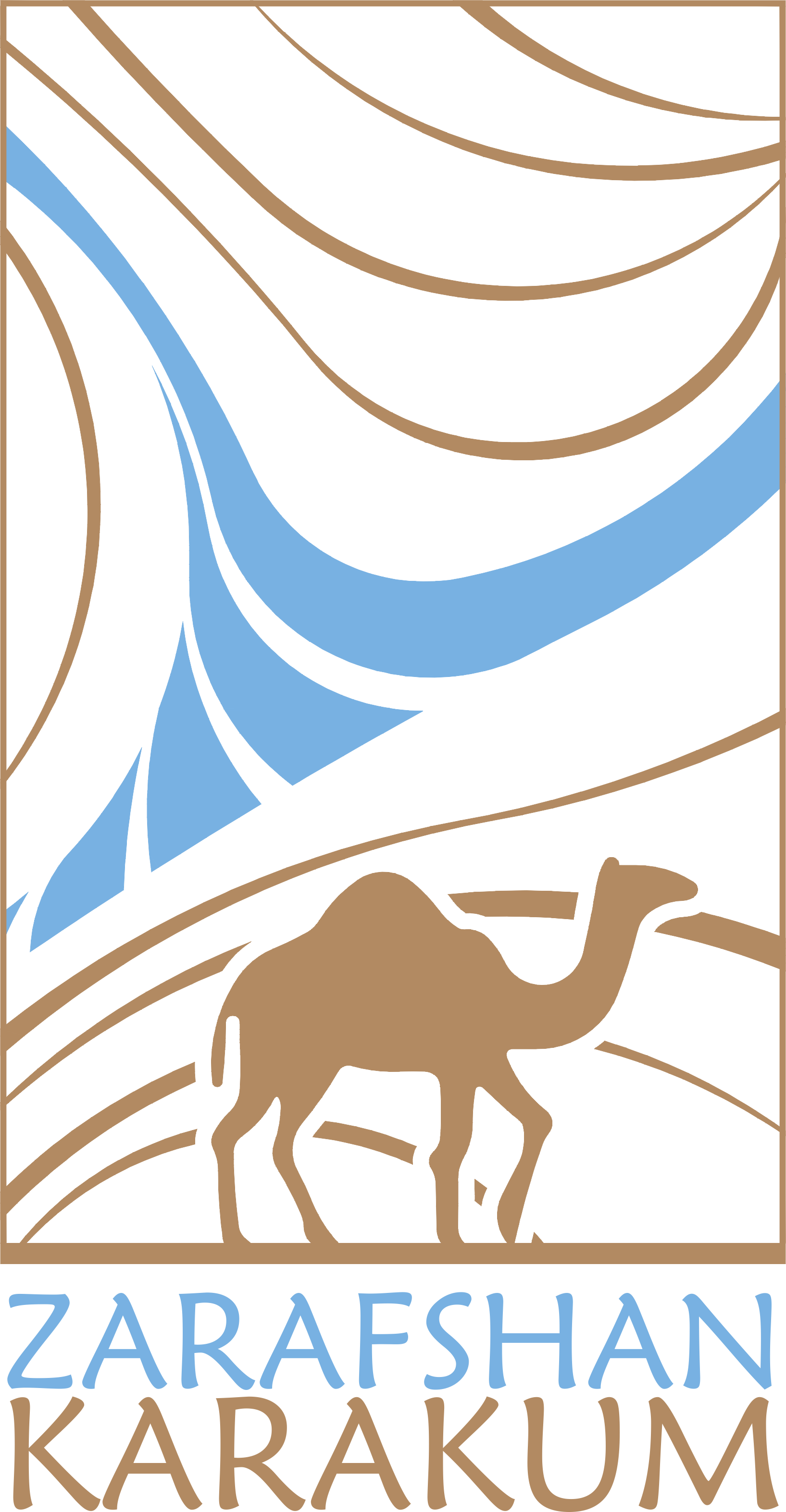PAIKEND SETTLEMENT
Paikend reflects the impact of the integration of comprehensive relations, the exchange of social values on the Silk Road, to urban development, architecture and cultural traditions. Exceptional example of Sogdian town planning and architecture transformed according to Islamic traditions in its later period of occupancy. It greatly contributed to the development and sustainability of trade culture, through serving, not only as the points for trading, but also as the living land of merchants.
UZ-15
Paikend Settlement
UZ-15
Paikend reflects the impact of the integration of comprehensive relations, the exchange of social values on the Silk Road, to urban development, architecture and cultural traditions. Exceptional example of Sogdian town planning and architecture transformed according to Islamic traditions in its later period of occupancy. It greatly contributed to the development and sustainability of trade culture, through serving, not only as the points for trading, but also as the living land of merchants. Unlike other petty Sogdian city-states Paikend was not a monarchy but a republic. The large-scale excavations at Paikend make it exceptional source of information on pre-Islamic and Moslem Transoxiana. The economy of the city was sustained not only through trade but also manufacturing: it contains the remains of the workshops of glassblowers and potters as well as remains of chemicals, Central Asia’s oldest known pharmacy. It was found as a fortress in the 3rdcentury BC and later was transformed into a small town since 5th century CE, developing with the course of time and reaching the area of 20 ha in the 9th -11th centuries before being abandoned due to shortage of water.
Paikend is a unique example of urban art formed at the junction zones Irrigation and extreme natural landscape (sandy Kyzylkum desert), but also reflects the impact of an active cultural interaction and exchange of goods on the Silk Road. Paikend is a unique example of urban planning, architectural creativity, and the predetermined nature of settlement, as a major commercial and cultural center on a busy trade route. This is confirmed by the large palace with wall paintings in the interior, Zoroastrian temple, mosque and minaret on the citadel; other neighborhood mosques with carved gypsum prayer niches have been excavated in the shakhristan and suburb, there are solid fortifications, handicraft shops, residential buildings and well-studied street planning. Huge rabats or caravanserais in the neighborhood of Paykend are good witness to trade between Transoxiana and Khorasan in the centuries of early Islam. Although being outside the Kampyrduval wall surrounding Bukhara oasis, Paikend was an important defensive unit in the system of border fortifications of Sogdian Bukhara.

